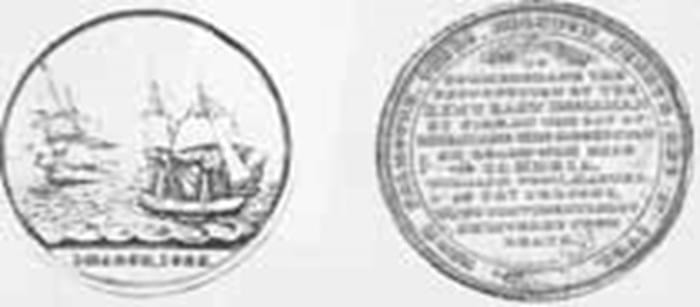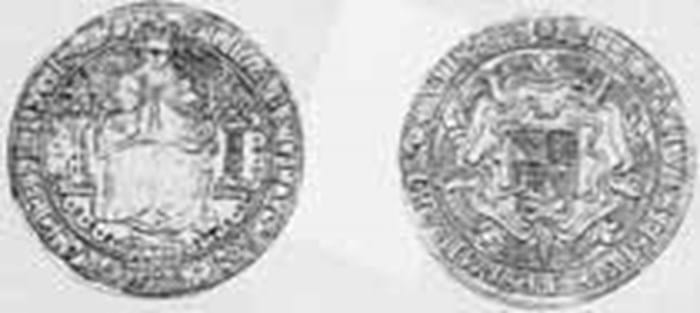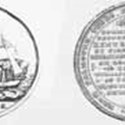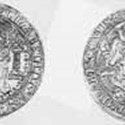The sale totalled £76,175. This may not seem a lot these days for a coin sale, but this may be accounted for by the fact that the jam has to be spread ever more thinly now that there is a much greater diversity of numismatic auctioneers in London. This does not mean that the prices achieved for individual lots are meaner at this ancient firm; it is just that they will have to fight even harder for the available consignments.
The good prices at Glens (as they are affectionately known) was made manifest by the sale of a much nicer than usual Elizabeth I sovereign. They are relatively easy to estimate because several turn up just about every year. This one had a wider than usual bracket for its estimate, being £5000-7000. It made £7800, which is, I guess, about what it would have made in any London auction.
However, any analysis should always observe both ends of the market. Turning to the lower end, estimating the Kent East Indiaman medal of 1825 must have been daunting. Either it would fetch an unforeseeable fortune because of its rarity, or not, because collectors of such things are equally rare. This is a general principle which favours the imaginative. Anyway £500-700 was opined, this time a wide bracket was justified. It made £450.
The quest for consignments
ON July 14 there was a sale at Bonhams (incorporating Glendinings). The return of this appellation to their catalogues will please the sentimental because there is still world-wide affection for the Glendining name.








